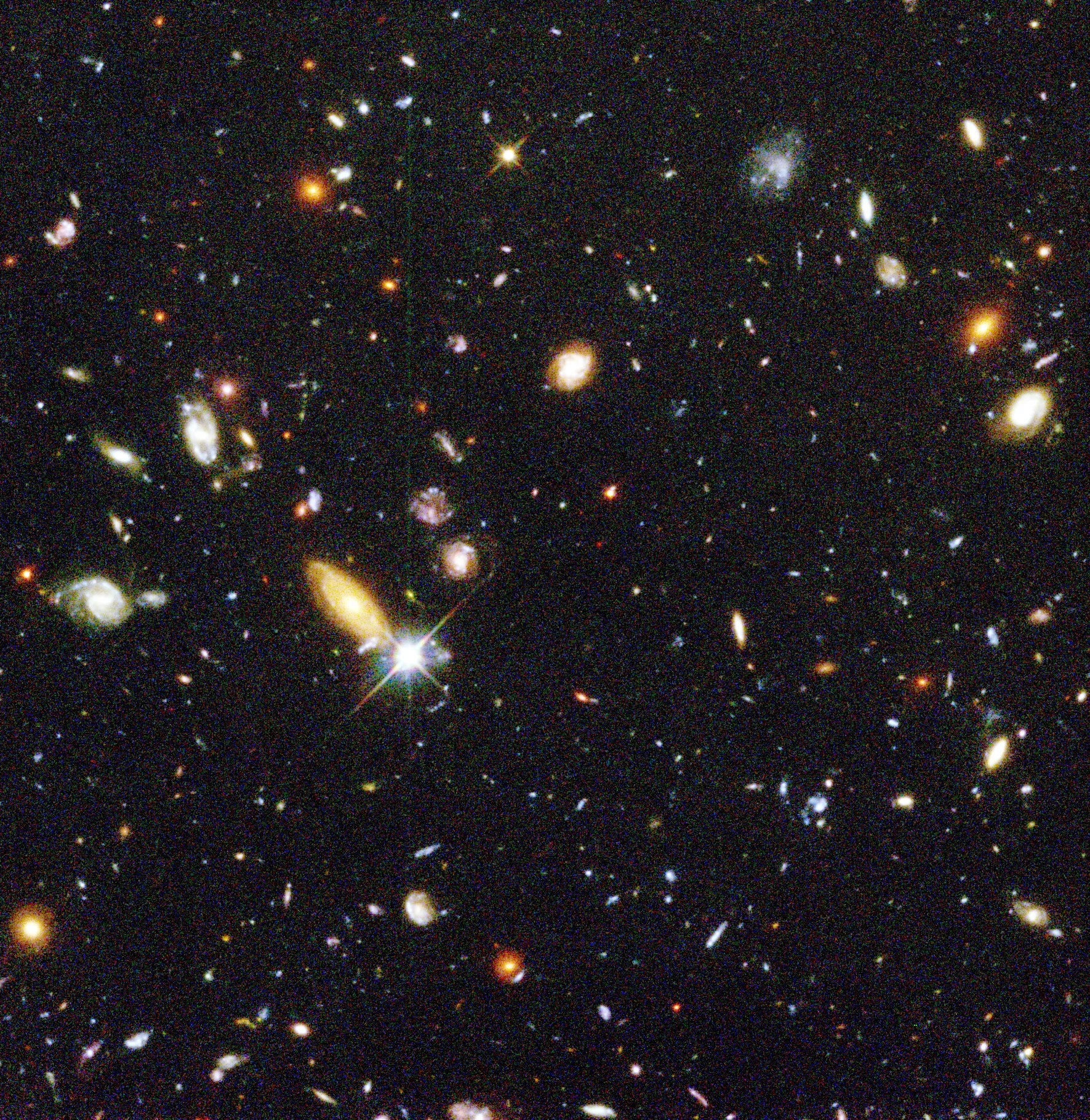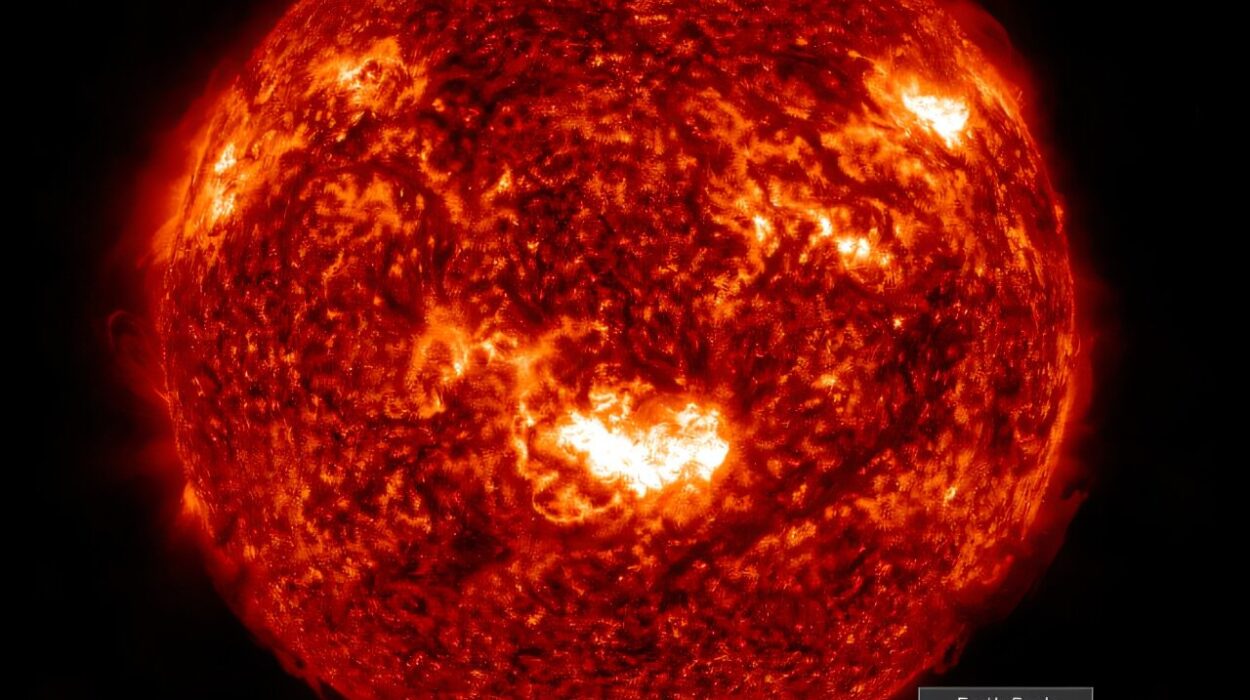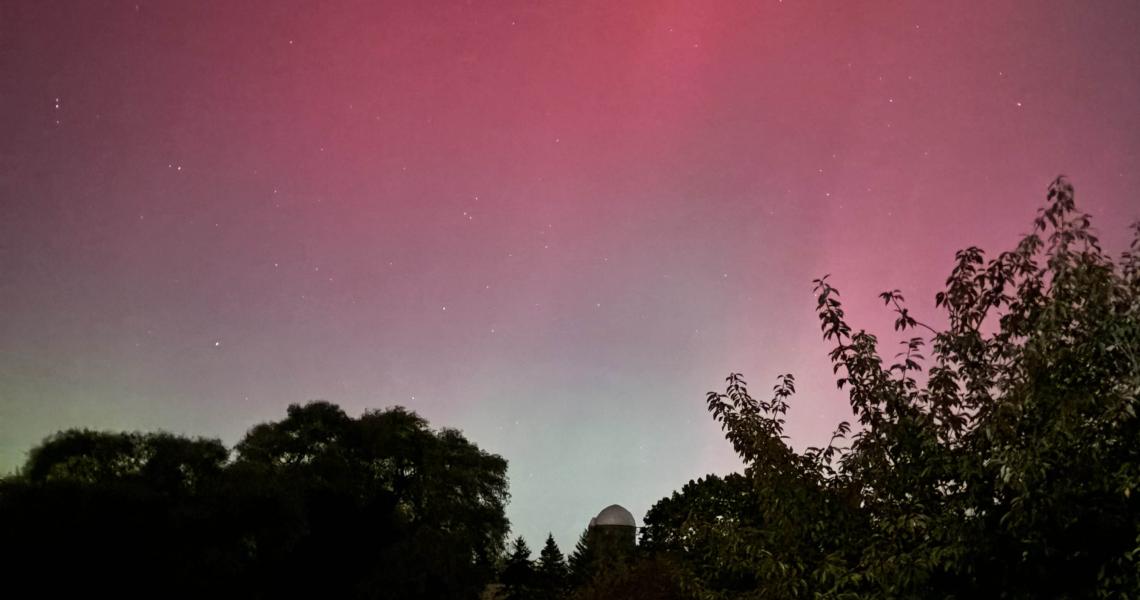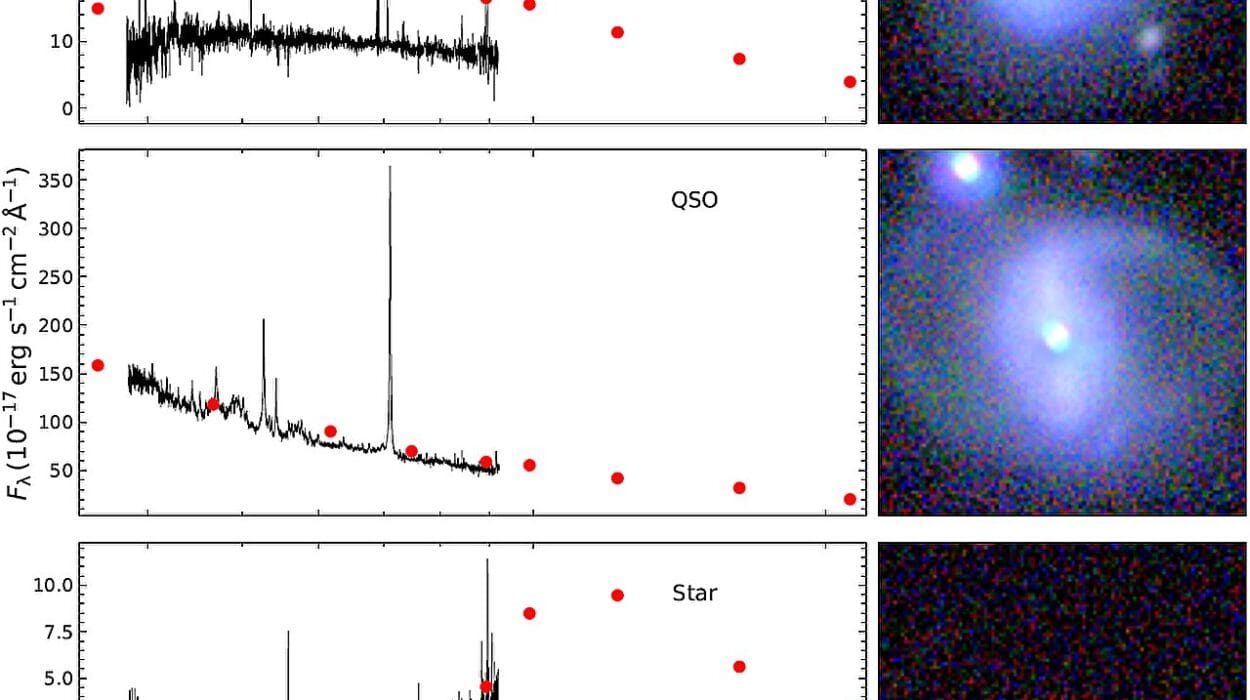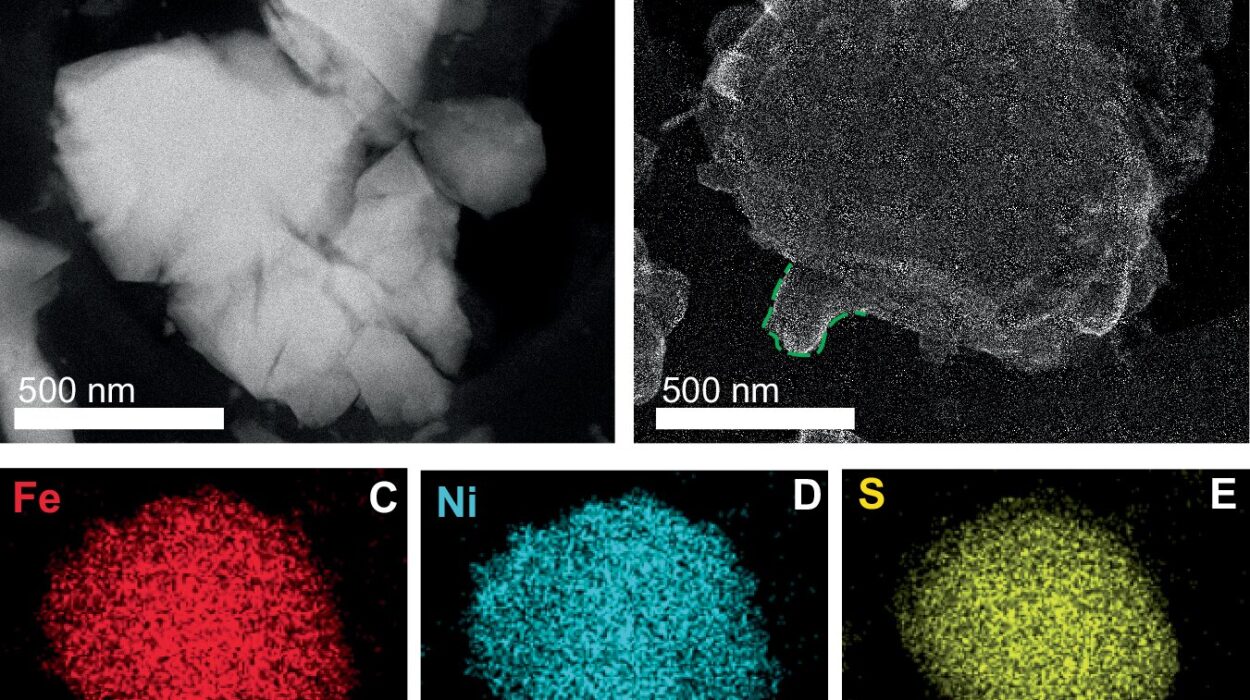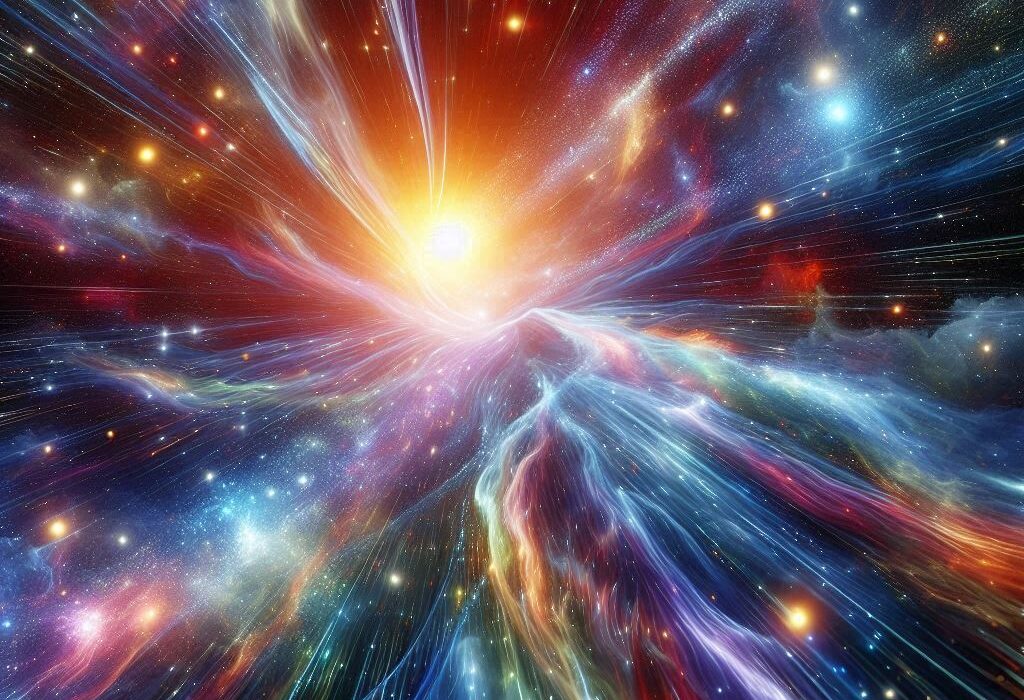Launched on April 24, 1990, aboard the space shuttle Discovery, the Hubble Space Telescope quickly became one of the most powerful instruments of exploration ever created by humanity. Orbiting roughly 340 miles above Earth, Hubble operates free from the atmospheric distortions that plague ground-based telescopes, giving it a crystal-clear view of the cosmos. Yet, what makes Hubble more than just a sophisticated piece of equipment is the sheer magnitude of its discoveries—findings that have redefined how we see the universe and our place within it.
As it swept across the heavens, Hubble didn’t just capture pretty pictures; it rewrote astronomy textbooks, confirmed deep theoretical predictions, and opened up realms of inquiry that scientists hadn’t even imagined. It let us peer billions of years into the past and glimpse the infancy of galaxies, stars, and possibly even life itself. What follows is an odyssey through some of Hubble’s most awe-inspiring, perspective-shattering discoveries—the revelations that not only advanced science but blew our collective minds.
A Window into the Deep Past: The Hubble Deep Field
One of the most iconic images Hubble ever produced began with a bold, almost crazy idea: What if we pointed the telescope at a patch of sky that seemed completely empty? No nearby stars, no visible galaxies—just blackness. That’s exactly what astronomers did in December 1995, when they aimed Hubble at a minuscule portion of the sky near the constellation Ursa Major for over ten consecutive days.
The result was the Hubble Deep Field, an image revealing over 3,000 galaxies, many so faint that they would have been invisible to any other telescope. These weren’t just random galaxies either—they were ancient. The light captured had traveled for over 12 billion years, meaning Hubble was photographing galaxies as they existed just a billion years after the Big Bang.
It was a cosmic time machine. The implications were staggering: the universe was teeming with galaxies, even in the emptiest-looking patches of sky. This single image transformed our understanding of the cosmos, suggesting that the observable universe might contain over 100 billion galaxies, each with hundreds of billions of stars.
Revealing the Accelerating Universe: The Discovery of Dark Energy
In the late 1990s, astronomers using Hubble and other telescopes were trying to measure how quickly the universe’s expansion was slowing down. After all, if the Big Bang launched everything outward, then gravity from all the matter in the universe should be gradually decelerating that expansion.
But the results shocked everyone. Instead of slowing down, the universe’s expansion was accelerating. The galaxies weren’t just moving apart—they were speeding away from one another at an increasing rate.
This mind-bending discovery led to the concept of dark energy, an unknown and mysterious force that makes up nearly 70% of the universe’s total energy content. Hubble played a crucial role by precisely measuring the distances and redshifts of Type Ia supernovae—standard candles in cosmic measurements—that were much farther than expected in a decelerating universe.
The idea that something invisible, undetectable, and completely unknown was not only out there but was dominating the behavior of the cosmos was nothing short of revolutionary. Dark energy remains one of the most baffling and profound mysteries in physics, and Hubble helped bring it to light.
Watching the Birth and Death of Stars
Hubble’s sharp vision has given us unprecedented access to the life cycles of stars, from their earliest flickers in nebulae to their dramatic deaths as supernovae or planetary nebulae.
One of Hubble’s most famous and visually stunning images is of the Pillars of Creation in the Eagle Nebula. These towering columns of gas and dust, each several light-years long, are stellar nurseries—regions where stars are forming out of gravitational collapse. With its infrared and optical imaging, Hubble peered through the dusty veils to reveal newborn stars glowing deep within the pillars.
At the other end of the stellar life cycle, Hubble has captured exquisite images of planetary nebulae—the glowing shells of gas expelled by dying sun-like stars. These cosmic butterflies, such as the Cat’s Eye Nebula and the Helix Nebula, are among the most beautiful objects in space, showcasing the complex processes that govern the death throes of stars.
Hubble has also closely observed the explosive deaths of massive stars, such as Supernova 1987A, giving scientists key insights into the dynamics of stellar collapse and neutron star formation.
Exoplanets and the Search for Alien Worlds
Though Hubble was not originally designed to find planets beyond our solar system, it has nonetheless become a powerful tool in the quest to understand exoplanets. Hubble has made groundbreaking contributions by observing transits—moments when a planet passes in front of its star from our point of view.
By studying how the starlight filters through a planet’s atmosphere during a transit, Hubble has been able to detect the chemical composition of alien atmospheres. It has found signatures of water vapor, methane, sodium, and carbon dioxide on various exoplanets—an astonishing feat given the enormous distances involved.
In 2013, Hubble observed GJ 1214b, a “mini-Neptune” exoplanet, and found that its atmosphere was dominated by water vapor, suggesting a steamy, ocean-rich world. Other observations have hinted at planets with hazy, cloud-filled skies or blistering temperatures over 1,000 degrees Celsius.
While Hubble hasn’t found life beyond Earth, its role in characterizing exoplanets has helped pave the way for future missions like the James Webb Space Telescope, which will continue the search for habitable worlds and biosignatures.
Black Holes in Galactic Hearts
Another of Hubble’s mind-blowing discoveries is the near-universal presence of supermassive black holes at the centers of galaxies. By observing the motion of stars and gas around galactic cores, Hubble helped confirm that these regions often harbor gravitational monsters with masses millions or even billions of times that of our Sun.
In 1994, Hubble provided conclusive evidence of a supermassive black hole in the center of the galaxy M87. Later, it helped measure the mass of the black hole in our own Milky Way, known as Sagittarius A*, by tracking the orbits of nearby stars over several years.
Even more incredibly, Hubble discovered that the mass of a galaxy’s central black hole correlates with the properties of the galaxy itself—particularly the speed of stars in its bulge. This suggested a deep connection between black holes and galaxy formation, upending previous assumptions that black holes were just destructive anomalies. Instead, they appeared to be central to galactic evolution.
This has led to an entirely new area of astrophysical research, with profound implications for how galaxies, including our own, came to be.
Time-Lapse Astronomy: Watching the Universe Evolve
One of Hubble’s unique strengths is its longevity. Operating continuously for over three decades, it has enabled astronomers to engage in time-lapse astronomy—the ability to watch cosmic events unfold over years or even decades.
Hubble has captured changes in planetary atmospheres, like massive storms on Jupiter or seasonal color shifts on Saturn. It has tracked the expansion of supernova remnants and even witnessed the slow, dramatic changes in the structure of distant galaxies undergoing collisions.
In a particularly jaw-dropping observation, Hubble chronicled the collision between comet Shoemaker-Levy 9 and Jupiter in 1994. As the comet fragments smashed into the gas giant, Hubble recorded the explosive aftermath, including towering plumes and atmospheric scars larger than Earth itself.
Such dynamic imaging has allowed scientists to watch the universe in action rather than just seeing frozen snapshots, turning astronomy into a living science.
Gravitational Lensing: Nature’s Own Telescope
One of the most visually stunning and scientifically profound effects captured by Hubble is gravitational lensing—a phenomenon predicted by Einstein’s general relativity in which massive objects bend light like a lens.
Hubble has observed galaxy clusters that act as cosmic magnifying glasses, distorting and amplifying the light from more distant background galaxies. This has allowed astronomers to see galaxies so faint and far away that they would otherwise be invisible.
In some cases, Hubble has captured Einstein rings, near-perfect circles of light created when a background galaxy aligns precisely behind a massive foreground galaxy, causing its light to bend into a ring.
These cosmic lenses have provided insight into both the early universe and the distribution of dark matter, which exerts gravitational pull but emits no light. By mapping the distortions in lensed images, astronomers can infer the presence of vast amounts of invisible matter.
Gravitational lensing has effectively turned the universe into a telescope, letting us peer farther back in time than Hubble could on its own.
Galaxies in Collision: The Cosmic Dance
Hubble has captured countless images of colliding galaxies, offering a mesmerizing look at one of the universe’s most dramatic processes. Galaxies are not static islands—they interact, merge, and reshape each other over billions of years in a gravitational ballet of epic proportions.
Images of galaxies like the Antennae Galaxies, NGC 2207 and IC 2163, or Arp 273 show majestic spirals being stretched, warped, and interwoven as they pass through one another. These interactions often trigger bursts of star formation, lighting up the galaxies with clusters of newborn stars.
In the long term, galactic collisions lead to the formation of entirely new galaxies. In fact, Hubble has shown that the Milky Way is on a slow-motion collision course with the Andromeda galaxy. In about 4 billion years, the two will merge into a single elliptical galaxy.
Watching these cosmic encounters gives us a window into the history of galaxy formation and a preview of our galaxy’s distant future.
Unveiling the History of the Universe
Hubble’s most far-reaching contribution may be its role in mapping the history of the universe. By observing galaxies at various distances—and therefore at different points in cosmic history—Hubble has helped build a detailed timeline of how galaxies form, evolve, and mature.
Early galaxies, captured in deep field surveys like the Hubble Ultra Deep Field, appear small, irregular, and chaotic. Over time, they grow larger, settle into spirals or ellipses, and develop structure. Hubble’s wide-field camera has allowed scientists to track this evolutionary path over billions of years.
It has also helped refine the age of the universe. By measuring the distances to far-off galaxies and the rate of cosmic expansion (the Hubble constant), astronomers have estimated the universe to be about 13.8 billion years old.
These discoveries have transformed cosmology from a speculative science into a quantitative, observational discipline grounded in data and imagery.
A Legacy Beyond Measure
The Hubble Space Telescope began its mission with a humbling failure—its primary mirror was ground to the wrong shape, resulting in blurry images. But a daring 1993 servicing mission by astronauts fixed the flaw, and from then on, Hubble soared, turning initial embarrassment into triumph.
Since then, Hubble has produced over 1.5 million observations, led to tens of thousands of scientific papers, and generated a vast public archive of images that have captivated minds across the globe.
Its influence stretches far beyond astronomy. Hubble has inspired artists, poets, filmmakers, and dreamers. It has become a symbol of human curiosity, resilience, and the enduring desire to reach beyond the known.
As newer telescopes like the James Webb Space Telescope extend our reach into the infrared, Hubble’s legacy endures. It remains a testament to what can happen when nations collaborate, when science is supported, and when we dare to gaze beyond the stars.
